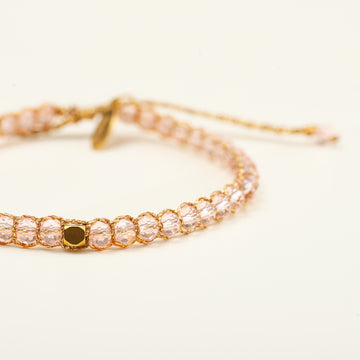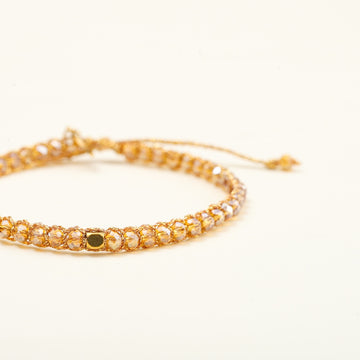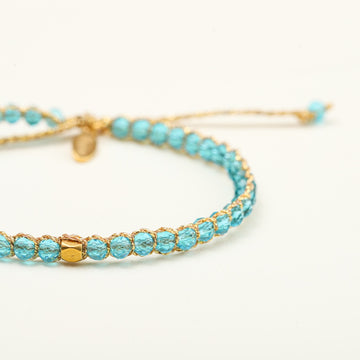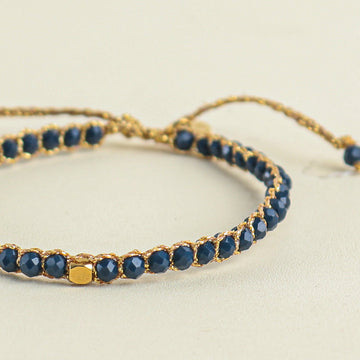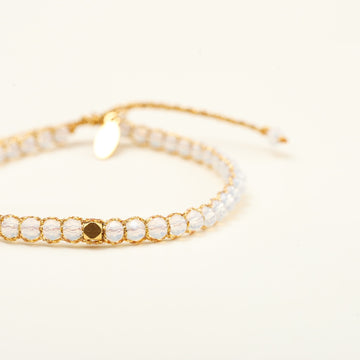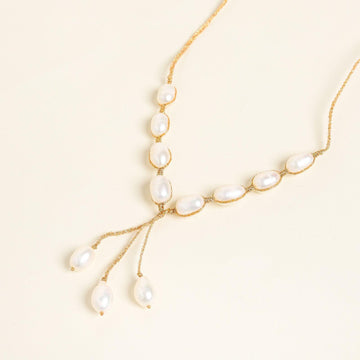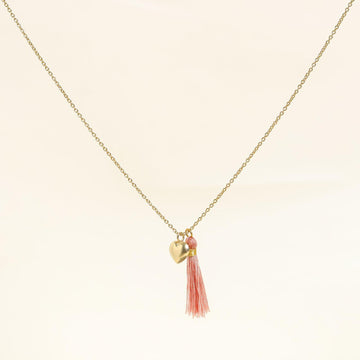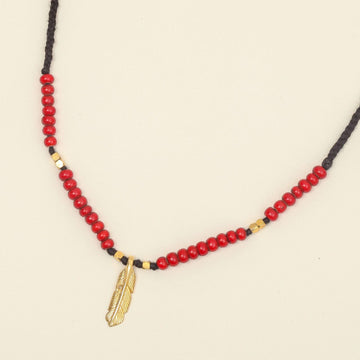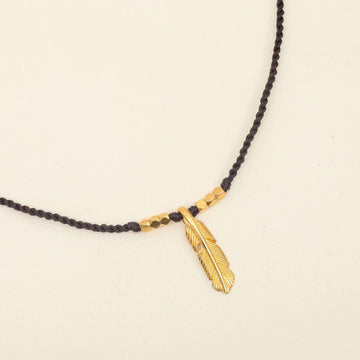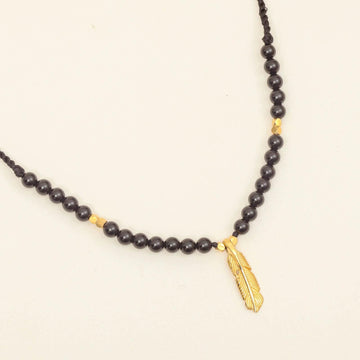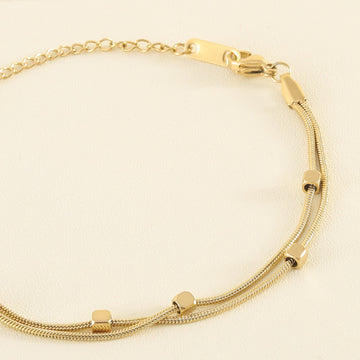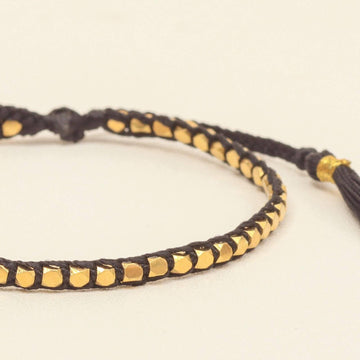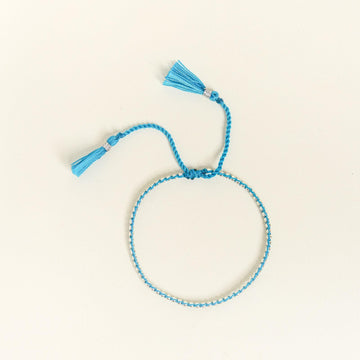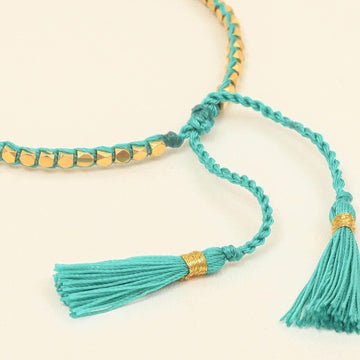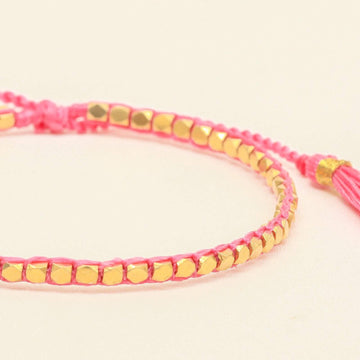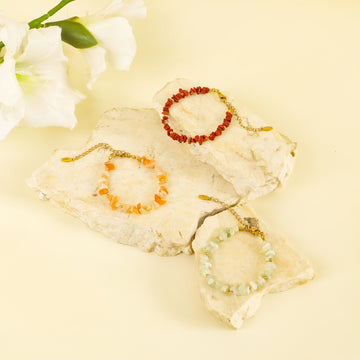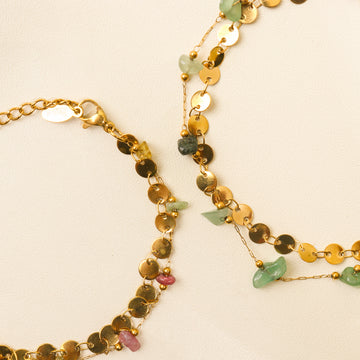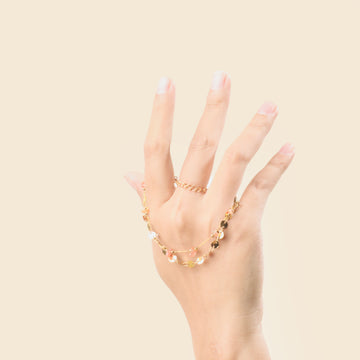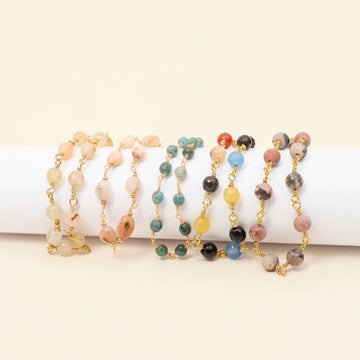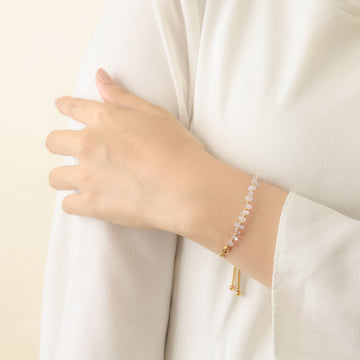The Hidden Architecture of a Bracelet – What Really Makes It Strong or Fragile
by Praijing Jewelry on Oct 25, 2025

The Hidden Architecture of a Bracelet – What Really Makes It Strong or Fragile
Introduction – Beauty You Can’t See, But Can Feel
When we look at a gemstone bracelet, our eyes go straight to the stones — their color, shine, and energy.
But beneath that beauty lies something unseen yet essential: structure.
Just like a building, every bracelet has its own architecture — a combination of tension, proportion, and hidden craftsmanship that determines whether it will last for years or break within months.
The secret to a durable bracelet isn’t in how it looks — it’s in how it’s built.
1. The Foundation – Choosing the Right String Material
At the heart of every bracelet is its core string — the invisible thread that carries both the design and the energy.
The choice of material determines its strength, flexibility, and comfort:
| String Type | Strength Level | Pros | Cons |
|---|---|---|---|
| Elastic Cord (0.7–1mm) | ★★★☆☆ | Comfortable, easy to wear | Weakens over time with stretch and humidity |
| Nylon Thread | ★★★★☆ | Durable, good for small beads | Can fray with friction |
| Stainless Wire | ★★★★★ | Very strong, ideal for metal accents | Rigid, less natural movement |
| Silk Thread | ★★☆☆☆ | Luxurious feel, natural | Delicate, sensitive to moisture |
💡 High-quality craftsmanship begins with matching the right cord to the right gemstone.
Heavy stones need thick elastic or wire; lighter stones can use soft nylon for flexibility.
2. The Balance – Weight Distribution Between Beads
Each bead isn’t just decoration — it carries weight.
When the design isn’t balanced, that weight pulls unevenly, stressing certain points of the string.
For example:
-
Too many metal spacers near one side can drag the bracelet down.
-
Large gemstones without small buffers cause constant tension on elastic.
-
Asymmetrical designs can twist over time if the load isn’t even.
True artisans calculate balance intuitively — ensuring the bracelet moves fluidly around the wrist instead of stretching in one direction.
💎 Harmony in structure = harmony in wear.
3. The Knot – Small Detail, Big Impact
A bracelet is only as strong as its weakest knot.
Many mass-produced bracelets use basic single knots, often hidden with glue — quick but not secure.
At Praijing Jewelry, we use multi-layered knots such as:
-
Surgeon’s Knot – prevents slipping under tension.
-
Double-Knot with Heat Seal – increases hold and durability.
-
Hidden Inside Bead Cavity – protects from friction and humidity.
The knot isn’t just a closure — it’s a silent guardian that holds the entire structure together.
4. The Tension – The Invisible Balance of Movement
A well-made bracelet should move naturally — not too tight, not too loose.
That movement comes from mastering tension control during assembly.
Too tight → elastic stays stretched, loses life quickly.
Too loose → beads bang together, damaging surfaces.
Perfect tension allows the beads to glide gently with your motion.
It’s an invisible rhythm — the kind of craftsmanship you can feel, even if you can’t see it.
5. The Bead Quality – More Than Meets the Eye
Not all gemstones are equal. Two beads may look similar, but one might have tiny internal fractures that make it brittle.
A strong bracelet uses:
-
High-grade gemstones with even hardness (Mohs scale 6–8).
-
Precision-drilled holes that don’t scrape the string.
-
Smooth edges — rough bead holes are one of the main causes of snapped elastic.
Each bead is like a brick — if one is weak, the structure eventually collapses.
💡 That’s why quality jewelry doesn’t start at design — it starts at selection.
6. The Spacer’s Role – Beauty with Function
Spacers do more than add shine — they act as shock absorbers.
Between gemstones, small metal or crystal spacers reduce friction and distribute stress evenly.
However, poorly chosen spacers (too sharp, too heavy, or corroded) can weaken the string or scratch the stones.
✨ The best spacer is one that looks invisible but works quietly behind the scenes — like good architecture.
7. The Climate Factor – Why Environment Shapes Strength
In tropical weather like Bali, humidity and heat are silent enemies of jewelry.
They soften elastic cords, loosen knots, and increase friction from skin oils.
That’s why mindful wearers:
-
Remove bracelets before swimming or showering.
-
Let them rest overnight (so the cord can relax).
-
Store them in dry, soft pouches rather than airtight plastic.
Even the strongest construction needs a kind environment to last.
8. The Human Factor – How You Wear It Matters
The best architecture can still fail if used carelessly.
-
Don’t overstretch while wearing — always roll it over your hand.
-
Avoid stacking too tightly; friction multiplies stress.
-
Rotate your bracelets — giving them rest is part of mindful ownership.
A bracelet’s longevity is a shared responsibility between the maker and the wearer.
Closing – The Art of Invisible Strength
What makes a bracelet truly strong isn’t brute force — it’s harmony.
The right materials, the right balance, the right hands.
When all these elements align, the bracelet doesn’t just survive daily wear — it flows with you, feels alive, and lasts through time.
Because true strength isn’t something you see — it’s something you sense.
💎 Praijing Jewelry, handcrafted in Bali — built with invisible architecture that balances art, energy, and engineering. Every bracelet is made to last beautifully, inside and out.
